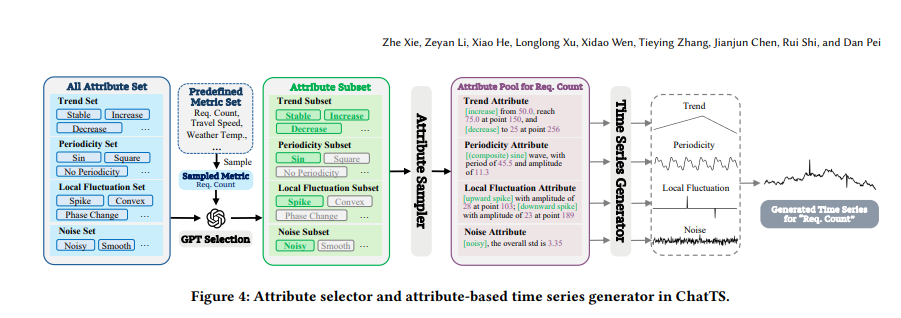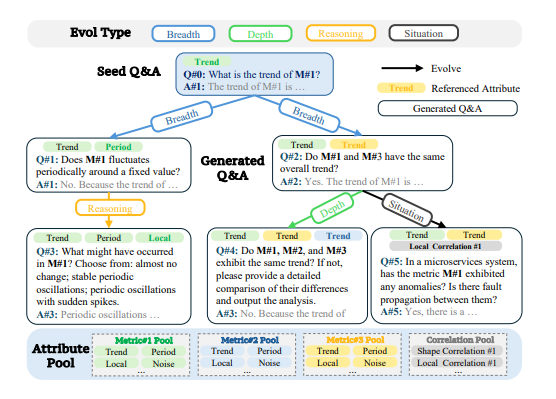In the wave of rapid development in multimodal large language models (MLLMs), ByteDance and Tsinghua University have recently jointly released a new temporal multimodal large model called ChatTS. The launch of ChatTS not only injects new vitality into the processing and reasoning of temporal data but also fills the gap in this field in the current market. The development of this model aims to enhance AI's application capabilities in temporal data question-answering and reasoning, especially in scenarios such as AIOps and finance that require handling complex temporal data.
The main author of this research is Zhe Xie, a third-year Ph.D. student from Tsinghua University. The collaborative team also includes Li Zeyan and He Xiao from ByteDance. The supervising teachers are Tieying Zhang, a research scientist at ByteDance, and Dan Pei, an associate professor at the Department of Computer Science at Tsinghua University. The core advantage of ChatTS lies in its native support for multi-variable temporal question-answering and reasoning functions, solving the limitations of previous models in processing temporal data.

Temporal data analysis has long relied on traditional statistical models or AI models, which usually require training with a large amount of specific data and complex preprocessing. This makes generalization and explainability their main shortcomings. The emergence of ChatTS is precisely to change this situation, leveraging its powerful language modeling capabilities to achieve natural language understanding of temporal data.
To address the challenges of matching between time series and language, the research team adopted a "pure synthetic-driven" approach, designing an end-to-end data generation and model training framework. By constructing an "attribute-driven" time-series generation system, ChatTS can generate diverse and realistic time-series data while ensuring accurate correspondence with natural language descriptions.

In practical applications, ChatTS can analyze the morphology of multi-variable time-series, identify unseen fluctuation patterns, and automatically name them. Additionally, the model can accurately extract abnormal fluctuations in time-series data without precise prompts, demonstrating its strong flexibility and intelligent features.

The release of this innovative model will greatly promote the application of time-series data across various industries, potentially playing a significant role in fault diagnosis and financial analysis in the future. The research results of ChatTS have been accepted by the top database conference VLDB2025, showcasing its academic value and practical application prospects.

